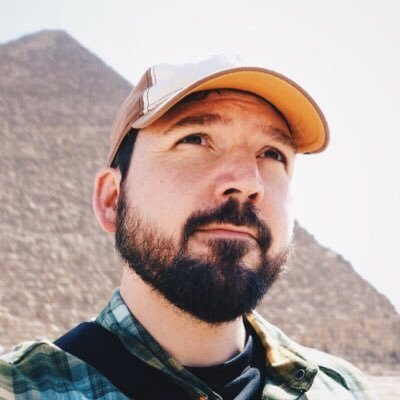The Postapocalyptic Humanities and the Decay of the Digital Human
This video was created for the Higher Education Academy #teachDH summit. It is also a preview for my upcoming keynote at the Higher Education Academy’s 2014 Arts and Humanities Conference: “Toward a Zombie Pedagogy: Embodied Learning in the Digital Age.” For the video, I was specifically asked to imagine a utopian or apocalyptic vision for the Digital Humanities, and I responded with a bit of both. In the process, I also highlight the amazing work of students I’ve had in Digital Humanities and Multimodal Composition courses, including short films like “Zombie Proof,” a custom font inspired by House of Leaves, a digital remix of a poem by Emily Dickinson, and more.
The Decay of the Digital Human from Jesse Stommel on Vimeo
Some sources for the video:
“The Digital Humanities is About Breaking Stuff”
“Hybrid Pedagogy, Digital Humanities, and the Future of Academic Publishing”
“Vulnerability, Contingency, and Advocacy in Higher Education”
My chapter “Toward a Zombie Pedagogy” in Zombies in the Academy: Living Death in Higher Education
“Pity Poor Flesh: Terrible Bodies in the Films of Carpenter, Cronenberg, and Romero”
And the text of the video:
The entire educational system is undergoing a swift and certain decay. We usually attribute the word “decay” to dead things: road kill decays; a fallen tree decays; cadavers decay. Whether living or dead, all human bodies also undergo decay. Our hair decays, our skin decays, the teeth in our mouth decay. The process of decay is, in fact, necessary for the breakdown and replacement of dead matter with new life.
We are in a state of constant reanimation, reinventing ourselves intellectually, emotionally, and culturally, but also repairing physical damage, replacing dead cells with live ones, and collecting more and more layers of flesh all the while. We grow old, wrinkle, rot, reek, and break little by little; our organs fail, our skin cultures fungi, and our guts host hundreds of bacteria species. Our body contains more dead cells than live ones. And 90% of the living cells in our body are critters like this one, the follicle mite, which lives in the eyebrows and eyelashes of 50% of adults.
Many of our technologies live upon us like these parasites.
We’re losing our individuality, our singularity, more and more as our identities proliferate like screen names in the glow of our computer screens. And, going against the grain, I would argue that none of this is such a bad thing after all, and instead offers increasing opportunities for mutiny — to rise, not from the dead, but like the dead.
Specifically, the humanities help us reconsider our embodied relationship to technology. The digital humanities, then, must be both about using digital tools for humanities work and using humanities tools for digital work. Far too much work in educational technology and Digital Humanities starts with tools, when what we need to start with is humans.
The digital humanities is about breaking stuff. And the post-apocalyptic rubble of higher education offers an opportunity, not to start entirely from scratch, but to sift thoughtfully through the rubble, examining the pieces as we rebuild.
What we have is a moment of play, in which some will mourn the radical decay of the humanities (as we once knew them or thought we knew them) even as others fiddle gleefully with the haptic interfaces of their mobile devices.
Literature, film, and other media are continually changing, and the ways we interact with them are also changing. As we imagine a digital approach to the humanities, we must look back even as we look forward, considering what media has become while we simultaneously examine the hows and whys of its becoming.
And at the center of the digital humanities should be an emphasis on individual and collective agency, which means advocating for marginalized teachers, scholars, and students. This is how DH can and should innovate, not through competition, clearcutting, and hype cycles, but by listening intently to more (and more diverse) voices. The digital humanities needs to be about generosity — about breaking brains not hearts.
This potential is captured here by a former student and collaborator, Lans Pacifico Nelson, who paints with the words of Emily Dickinson to reveal the ways our work in the digital humanities becomes an archeological dig, a nibbling at the stratum of the digital to discover in our technologies what is voraciously humane.
[Photo by Thomas Hawk]


